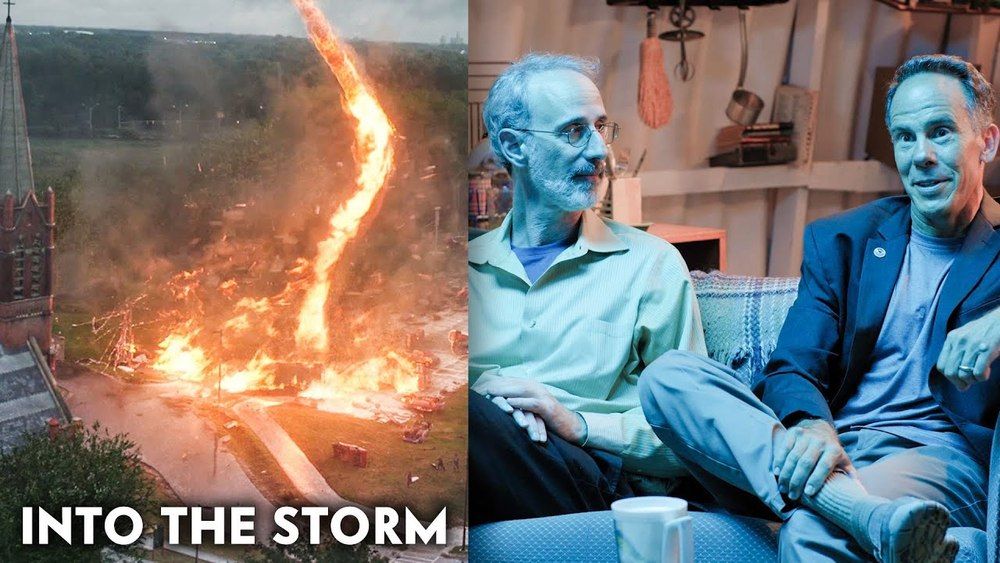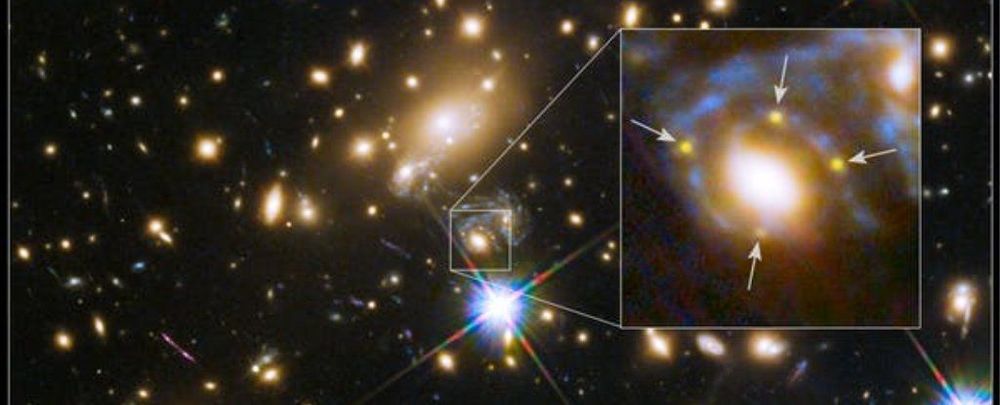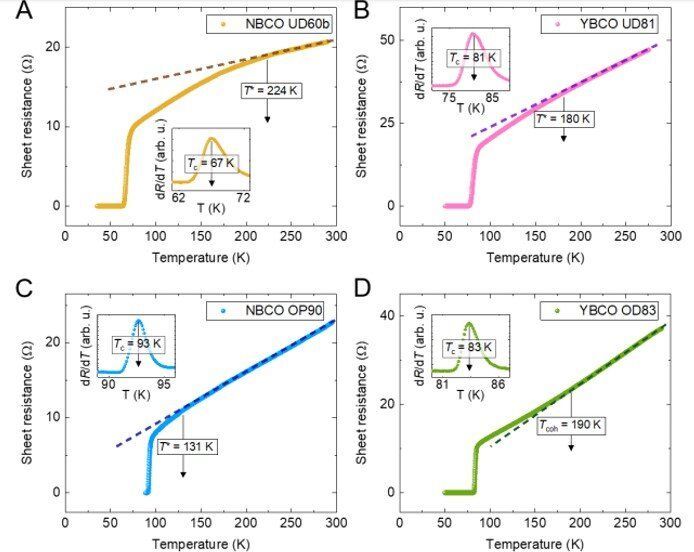Page 8389
Sep 13, 2019
Dr. Anthony Atala — Wake Forest School of Medicine — Organ Bio-Printing — IdeaXme Show — Ira Pastor
Posted by Ira S. Pastor in categories: 3D printing, aging, bioengineering, bioprinting, biotech/medical, business, health, life extension, science, transhumanism

Sep 13, 2019
Over Next Three Years, Employees will Need Reskilling as AI Takes Jobs
Posted by Müslüm Yildiz in categories: business, economics, Elon Musk, employment, robotics/AI

IBM HR Director Diane Gherson says that over the next three years, 120 million workers will need retraining as artificial intelligence continues to take jobs.
Artificial intelligence is obviously ready to get started. Over the next three years, about 120 million workers from the 12 largest economies in the world may need to undergo retraining due to advances in artificial intelligence and intelligent automation, according to a study published on Friday by the IBM Institute of Business Value. However, less than half of the CEOs surveyed by IBM said they had the resources needed to bridge the skills gap caused by these new technologies.
Continue reading “Over Next Three Years, Employees will Need Reskilling as AI Takes Jobs” »
Sep 13, 2019
New Test to Measure The Expansion of Our Universe Provides Even More Puzzling Results
Posted by Paul Battista in category: space
Advances in astronomical observation over the past century have allowed scientists to construct a remarkably successful model of how the cosmos works. It makes sense – the better we can measure something, the more we learn.
But when it comes to the question of how fast our Universe is expanding, some new cosmological measurements are making us ever more confused.
Since the 1920s we’ve known that the Universe is expanding – the more distant a galaxy is, the faster it is moving away from us. In fact, in the 1990s, the rate of expansion was found to be accelerating.
Sep 13, 2019
Brain-inspired computing could tackle big problems in a small way
Posted by Saúl Morales Rodriguéz in categories: neuroscience, supercomputing
While computers have become smaller and more powerful and supercomputers and parallel computing have become the standard, we are about to hit a wall in energy and miniaturization. Now, Penn State researchers have designed a 2-D device that can provide more than yes-or-no answers and could be more brainlike than current computing architectures.
“Complexity scaling is also in decline owing to the non-scalability of traditional von Neumann computing architecture and the impending ‘Dark Silicon’ era that presents a severe threat to multi-core processor technology,” the researchers note in today’s (Sept 13) online issue of Nature Communications.
The Dark Silicon era is already upon us to some extent and refers to the inability of all or most of the devices on a computer chip to be powered up at once. This happens because of too much heat generated from a single device. Von Neumann architecture is the standard structure of most modern computers and relies on a digital approach—” yes” or “no” answers—where program instruction and data are stored in the same memory and share the same communications channel.
Sep 13, 2019
Scientists Fact Check Natural Disasters In Movies | Vanity Fair
Posted by Derick Lee in categories: business, climatology, entertainment, space travel

Environmental scientists Morgan Page, Michael Angove and Peter Gleick review the scientific validity of scenes from “San Andres,” “2012,” “The Day After Tomorrow,” “Volcano,” “Twister,” “Geostorm,” “The Core,” “Interstellar,” “Sharknado,” “The Perfect Storm,” “Pompeii,” “Noah,” “The Impossible,” “The Happening,” “Hard Rain,” and “Into the Storm”.
Environmental Experts:
Michael Angove — Tsunami Program Manager, NOAA
Dr. Morgan Page — Geophysicist, USGS
Peter Gleick — Hydrologist & Climatologist, Pacific Institute (www.gleick.com)
Tornado Safety info: https://www.weather.gov/safety/tornado
Tsunami Safety info: https://www.weather.gov/safety/tsunami
California Tsunami Safety info: https://www.tsunamizone.org
More about the UN/IOC Tsunami Program here: http://www.ioc-tsunami.org
The Pacific Institute: www.pacinst.com
Can my boat outrun a tsunami?
https://www.conservation.ca.gov/cgs/Documents/Tsunami/Can-my…sunami.pdf
NOAA’s influence on Twister: https://www.noaa.gov/stories/noaa-tornado-scientists-inspire…-years-ago
Still haven’t subscribed to Vanity Fair on YouTube? ►► http://bit.ly/2z6Ya9M
ABOUT VANITY FAIR
Arts and entertainment, business and media, politics, and world affairs—Vanity Fair’s features and exclusive videos capture the people, places, and ideas that define modern culture.
Continue reading “Scientists Fact Check Natural Disasters In Movies | Vanity Fair” »
Sep 12, 2019
Dynamic charge density fluctuations pervading the phase diagram of a Cu-based high-Tc superconductor
Posted by Genevieve Klien in categories: energy, nanotechnology, quantum physics
Charge density fluctuations are observed in all families of high-critical temperature (Tc) superconducting cuprates. Although constantly found in the underdoped region of the phase diagram at relatively low temperatures, physicists are unclear how the substrates influence unusual properties of these systems. In a new study now published on Science, R. Arpaia and co-workers in the departments of microtechnology and nanoscience, the European Synchrotron, and quantum device physics in Italy, Sweden and France used resonant X-ray scattering to carefully determine the charge density modulations in Yttrium Barium Copper Oxide (YBa2Cu3O7– ẟ) and Neodymium Barium Copper Oxide (Nd1+x Ba2–x Cu3O7–ẟ) for several doping levels. The research team isolated short-range dynamic charge density fluctuations (CDFs) in addition to the previously known quasi-critical charge density waves (CDW). The results persisted well above the pseudo-gap temperature T*, which they characterized by a few milli-electron volts (meV) to spread across a large area of the phase diagram.
Cuprate high temperature superconductors (HTS) are different from the Landau Fermi liquid paradigm due to quasi-two dimensionality (2-D) of their layered structure and large electron-electron repulsion. During optimal doping and the pseudo gap state (states at which less than optimal current carrier concentrations result in anomalous electronic properties), short to medium-range charge density wave order can emerge to weakly compete with superconductivity. Physicists first developed theoretical proposals of CDW and low energy charge fluctuations after first discovering HTS. Subsequently, they developed experimental evidence in selective materials and in all cuprate families. Researchers had observed long-range tridimensional CDW (3D CDW) order inside the superconductivity dome within high magnetic fields that weaken superconductivity or in epitaxially grown (deposition of a crystalline layer on a crystalline substrate) samples.
Sep 12, 2019
Engineers develop ‘blackest black’ material to date
Posted by Saúl Morales Rodriguéz in categories: materials, nanotechnology
With apologies to “Spinal Tap,” it appears that black can, indeed, get more black.
MIT engineers report today that they have cooked up a material that is 10 times blacker than anything that has previously been reported. The material is made from vertically aligned carbon nanotubes, or CNTs—microscopic filaments of carbon, like a fuzzy forest of tiny trees, that the team grew on a surface of chlorine-etched aluminum foil. The foil captures more than 99.96 percent of any incoming light, making it the blackest material on record.
The researchers have published their findings today in the journal ACS-Applied Materials and Interfaces. They are also showcasing the cloak-like material as part of a new exhibit today at the New York Stock Exchange, titled “The Redemption of Vanity.”
Sep 12, 2019
Your Software Could Have More Rights Than You
Posted by Mark Larkento in categories: information science, law, robotics/AI
Much like US corporations do now.
Debates about rights are frequently framed around the concept of legal personhood. Personhood is granted not just to human beings but also to some non-human entities, such as corporations or governments. Legal entities, aka legal persons, are granted certain privileges and responsibilities by the jurisdictions in which they are recognized, and many such rights are not available to non-person agents. Attempting to secure legal personhood is often seen as a potential pathway to get certain rights and protections for animals1, fetuses2, trees and rivers 3, and artificially intelligent (AI) agents4.
It is commonly believed that a new law or judicial ruling is necessary to grant personhood to a new type of entity. But recent legal literature 5–8 suggests that loopholes in the current law may permit legal personhood to be granted to AI/software without the need to change the law or persuade a court.
Continue reading “Your Software Could Have More Rights Than You” »
Sep 12, 2019
It Looks Like Tesla Will Attempt To Set An Absurdly Specific Record At The Ring With A 7-Seat Model S
Posted by Genevieve Klien in categories: sustainability, transportation

While pretty much all of the recent obsession with setting Nürburgring Ring lap record times and the rivalry between Tesla and Porsche is sort of idiotic genital-measuring, there is one foolproof way to guarantee that a record will be set: make the criteria for the record so specific that pretty much any result will set a record. That seems to be exactly what Tesla is planning by running a seven-seat Model S.
As with everything important in our world now, this all started with a tweet:














